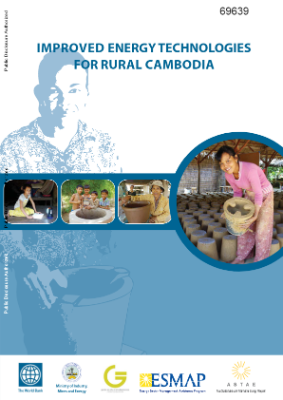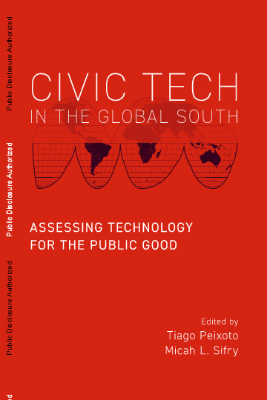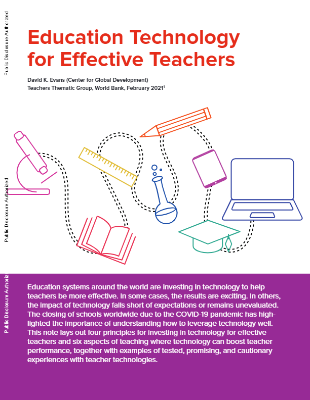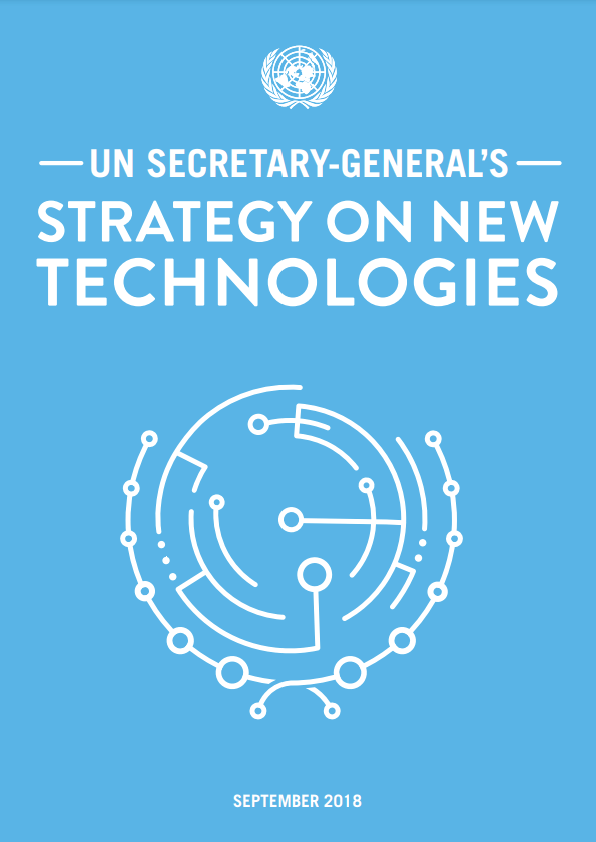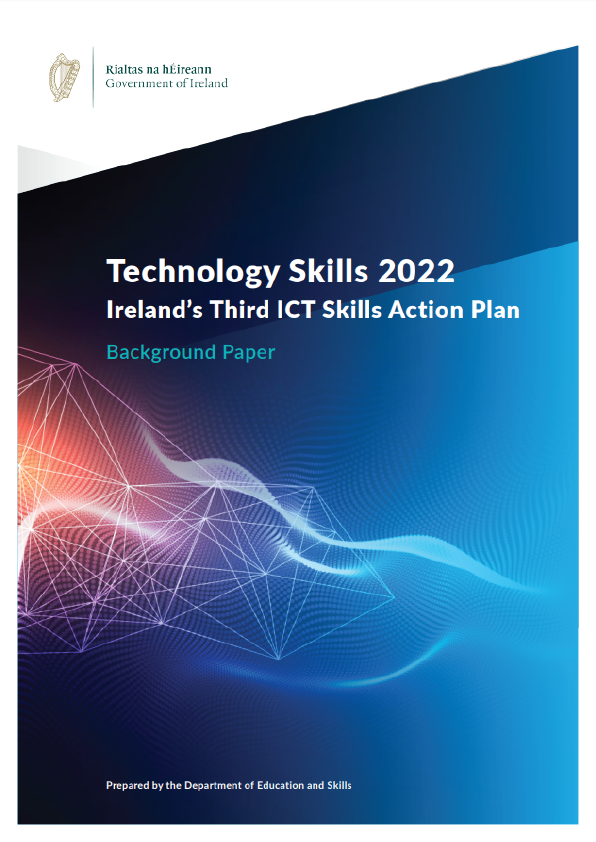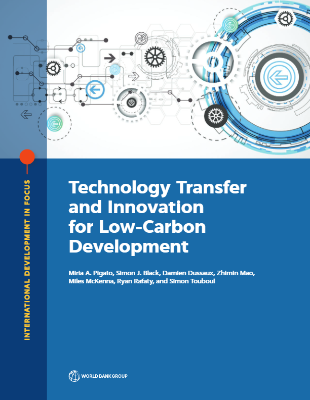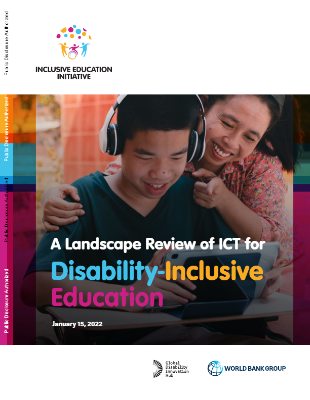Many Cambodians in rural areas use kerosene for lighting, “three stone stoves” for cooking, and drinking water from rivers or ponds. Wood and charcoal are the primary energy sources, and almost all electricity is generated from imported diesel. To address this situation, four new efficient, cleaner, and affordable energy technologies have been tested and are now ready to be widely disseminated.
Approximately 80 percent of Cambodians live in rural areas with limited access to clean and affordable water and energy. Thirty-four percent of the rural population live below the national poverty line on less than 2,367 riels ($0.60) per day. Even though Cambodia is a low-income country, the cost of electricity is one of the highest in the world due to limited domestic energy resources. Even when available, rural households pay more for electricity than urban residents. Currently, only 6 percent of Cambodia’s rural population has access to electricity, mostly from village grids which are often powered by inefficient diesel generators; and 80 percent use kerosene lamps or fluorescent lights powered by car batteries.
Over 90 percent of energy used for cooking comes from wood and charcoal, contributing to increased deforestation. Due to the inefficiency of the commonly used energy technologies such as traditional cook stoves and kerosene lamps, the poor pay higher unit costs for energy than more affluent people. On average, rural families spend about 10 percent of their income on fuel and electricity.
The poor also spend about three to four hours a day on energy-related activities such as gathering fuel wood, boiling water, and cooking. The use of more energy-efficient and renewable energy technologies could significantly reduce the large share of household expenses currently required for cooking and lighting, allowing poorer people to save more money for food, education, and health services. Inadequate access to energy services has entrenched poverty, slowed improvements in health and education, and contributed to environmental degradation and socio-economic inequalities.
If we want to reduce rural poverty, improving access to clean and affordable energy services is a prerequisite for achieving economic, social, and environmental benefits, and for meeting development goals. Also, renewable and energy-efficient technologies significantly reduce greenhouse gas emissions, playing an important role in the global fight against climate change. In the remote rural areas where many Cambodian’s live, extending the electricity grid is not cost eff ective, but these rural households can still benefit greatly from smallscale off-grid solutions. Simple, small, and cost-effective cleaner energy technologies can make a big difference in the lives of the poor – especially the women and children, Meeting the energy needs of poorer communities require focusing on the needs of the end-users. This requires providing energy services that are useful, appropriate, and affordable.
Bottom-up consultations identify and deliver the kinds of energy services needed to meet local demand and evaluate results. Project outcomes are more likely to be sustainable if the intended beneficiaries are consulted directly and participate in management. In addition, sustainable business models that include creative payment schemes for households will help make these technologies affordable even for the poorest people.
With support from the public and private sector, including technical assistance from the World Bank Energy Sector Management Assistance Program (ESMAP), the Asia Sustainable and Alternative Energy Program (ASTAE) and the active involvement of NGOs, small and medium-sized enterprises are working to develop creative business models and payment schemes so that poorer households can access these energy efficient and renewable technologies and improve their livelihoods. This booklet provides an overview of four improved energy technologies piloted in rural Cambodia so that policy makers can get a better understanding of their benefits and the positive impacts they make on the livelihoods of the rural poor.
